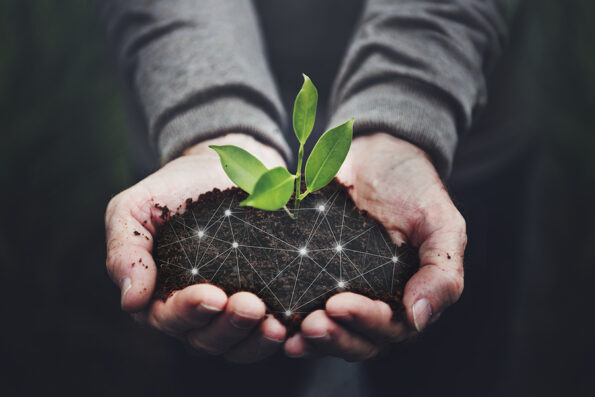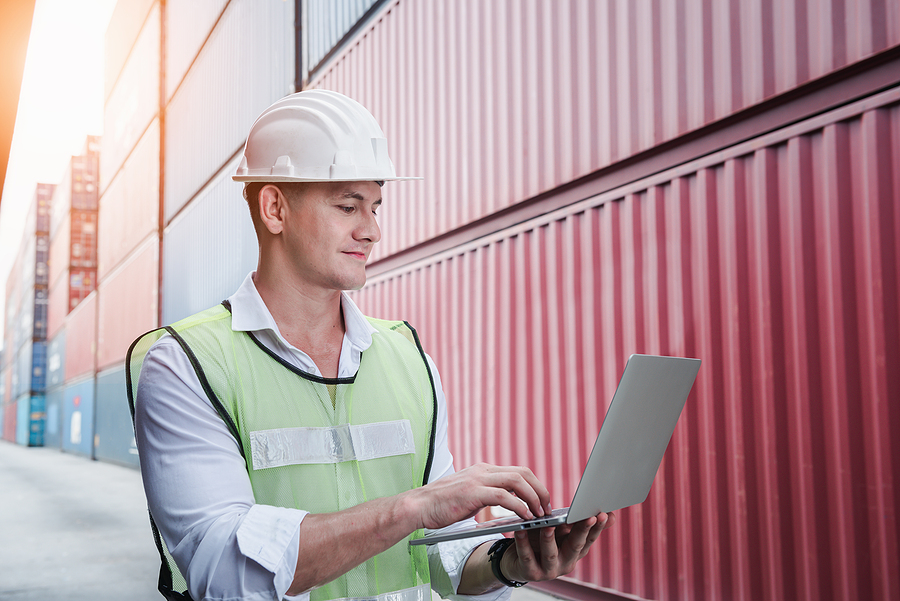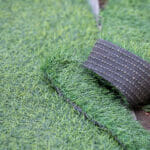Farming is technically a practice that was introduced in the past and belongs to a manual or labor-intensive industry. But the technology of the Internet of Things (IoT), Robotics, and Artificial Intelligence (AI) has changed the game for this manual labor. According to Food and Agriculture Organization (FAO), the number of people in this world is going to increase to 8.5 billion by 2030, which is why food production must increase by 70% to feed all of them. This is where smart farming technology comes in.
Smart Farming
It can be referred to as the application of technologies to the optimization of food quality and the production of complex farming systems. Smart Farming is used in the field of agriculture, where it combines agriculture methodologies with technology such as the Internet of Things (IoT), Robotics, and Artificial Intelligence (AI). With these technologies, farmers can monitor field conditions remotely, making it easier for them to manage their fields and operations from one central place.
The most important aspect of smart farming is an internet connection. This allows farmers to monitor and control their machines remotely and check their progress.
IoT in Smart Farming
The Internet of things refers to a network of things like sensors and other technologies to connect them all and exchange data over the network. Smart farming includes connecting all the farming equipment over a wireless connection and being able to manage them remotely.
The Internet of Things is made possible through a wireless connection that connects all the devices and sensors. An internet connection will make that possible. For instance, you need an internet connection to be able to monitor all the cameras in the Xfinity Smart Home system. You can choose to have an internet connection from Xfinity Internet Plans, and that way you will be able to maintain and manage your smart devices. The same is made possible for the Internet of Things in Smart Farming.

Robotics in Smart Farming
Robots in smart farming focus on the field’s specific area for planting, and they also work with great precision. Robots use artificial intelligence and computer vision to carry out their task which allows the reduction of pesticides and the production of high-quality food. Robots can also be used to detect the precise location of the problem and spray only the cops that are infected.
AI in Smart Farming
AI or Artificial Intelligence uses its sensors to provide real-time data for algorithms and as a result, that will lead to improved crops yielding and reduction in food production costs. AI is very useful for reducing the destruction of crops by domestic and wild animals. AI-based surveillance systems can survey the fields’ perimeter, are programmed to identify employees, unknown persons, or vehicles, and will alert farmers of any unknown activity. Moreover, AI produces real-time sensor data and visual analytics data from drones and uses the same information for improving crop health and yields.
Precision Farming
This process controls and manages the operation of growing crops and raising livestock more accurately and optimizes them by combining information technology such as autonomous vehicles, drones, robotics, GPS guidance, micro-forecasting, weather forecasting, soil sampling, etc. Precision farming allows farmers to measure and calculate with precision, for example, you can check out the soil variations across an entire field as well. Farmers can then strategize the fertilization process, saving costs and reducing environmental impact as a result.
Are Smart Farming and Precision Farming the same?
Smart Farming differs from Precision Farming in its capability to use the technology to optimize precision farming tactics.
Benefits of Smart Farming
With the help of smart farming, farmers can overcome the challenges of population growth, sustainable sustenance, and labor shortages. Introducing new technologies such as robotics and AI will make optimization of the product’s efficiency and sustainability. Follow are the main benefits that come with smart farming
- Soil and weather-related sensors are designed to optimize water usage
- Using automation leads to reduction of resource consumption, overall costs, and human error
- Optimization of crops directly affects production rates
- Data analysis done from smart devices can help the farmers to adjust their processes to increase production quality
- Farmers can also make informed decisions with the help of real-time insights into the operations and conditions of farms
- Farmers can monitor and manage the health and location of livestock using GPS tracking and sensors
- The technologies from smart farming have tracking production rates features that help to accurately predict future cop yield and farm value
- Farmers can remotely monitor the progress of their farm, and make real-time decisions from anywhere in the world
There is no aspect of our daily lives that smart technology hasn’t got covered. Smart farming along with the help of IoT, AI, and Robotics has paved the way for the ‘third green revolution’, i.e. the combined application of information and communication technologies. These technologies help to control and manage agricultural processes to reduce production risks and enhance food quality.
Image Source: BigStockPhoto.com (Licensed)
Related Categories: Tech, Reviews








